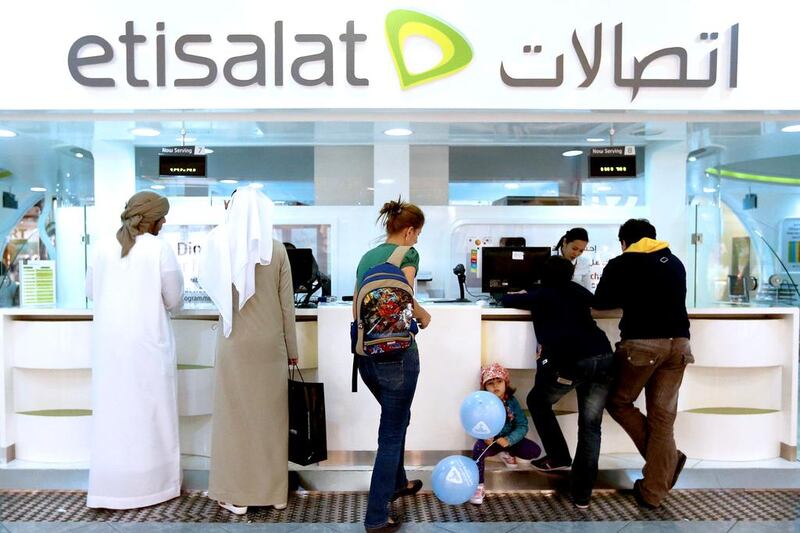What were the big events in the UAE telecoms' sector in 2017?
The launch of Virgin Mobile has been one of the most notable developments in the UAE telecoms market over the past year. It brought a major overseas telecoms brand into the local market for the first time, albeit through a brand licensing deal with local player Du.
Virgin is offering something new and distinctive in that. It is an app-based service that seeks to provide the same kind of convenience and flexibility that customers expect and value from Internet players. Etisalat introduced Swyp as a counter to Du’s launch of Virgin.
Using sub-brands is an established way for telcos to target particular market segments, and offerings such as Virgin and Swyp do bring a new dimension to competition and a new proposition for customers. But they are unlikely to change the fundamentals of the UAE market.
What are the main challenges facing Etisalat and Du going in to 2018?
Telcos here in the UAE – like many of their peers elsewhere in the region and around the world – are striving to adapt to the changing dynamics in telecoms. Generally, telecoms market growth has slowed, and the voice-calling business that was for a long time the mainstay for telcos, is in decline. And as the telecoms, media and technology sectors converge, telcos are no longer just competing with one another – they are also competing with Internet players.
________________
Read more:
[ Etisalat to spend Dh3 billion on infrastructure this year ]
Etisalat earnings rebound by almost one third
________________
How do telcos see data growth in the UAE? How much room is there to grow?
Data connections and use are growing, and also present an opportunity to develop new services in areas such as digital media, e-commerce, and the Internet of Things. Increasingly, telcos are focusing their efforts on these areas. Etisalat set up a digital unit in 2016, and in late 2017 Du unveiled a reorganization that it said would help it to develop new services as part of a strategy of “moving beyond connectivity”.
Other Middle East telcos are making similar moves. Zain has set up a digital unit as well, and is focusing on smart-city services and on digital media – in the latter case with its launch in 2017 of iflix Arabia, a joint venture with the emerging-markets Internet video player, iflix. STC also launched a major digital initiative during 2017: A $500 million technology investment fund, STV, that plans to invest in areas such as artificial intelligence, virtual reality, digital health, and financial services, over the coming four to five years. Most other major Middle East telcos are also participating in venture-capital funds investing in the technology sector.
Will Omantel’s acquisition of a stake in Zain herald a new era of M&A in the region?
This type of horizontal M&A – where one telco buys all or part of another telco – is becoming rare. Instead, telco M&A is now more likely to be directed to acquiring capabilities in growth sectors. For example, Zain has recently acquired stakes in a smart-city consultancy, and in a software developer.
There is evidence that telcos can do well if they adapt to the changes in their markets. As an example from the Middle East, Turkish operator Turkcell has reported impressive growth in data and digital revenues over the past year or so, following its adoption of a digital transformation strategy.





